Workforces across the globe have changed rapidly. With scarcity of skilled technical workers comes the impact on economies and the need to reshape the world of talent and business – below some clarity and real insight around Employer Branding.
Dramatic shifts are occurring in the way people interact at work.. Post-covid, how talent is now sourced, recruited, and in the work environment itself. Radical technological and social change has a most profound effect on businesses, and on brands more widely.
Global Human Capital Trends report surveyed over 10,000 HR and business leaders, across 140 countries, perceived real challenges ahead for business/HR leaders. No surprises – same biggies – organisational culture, engagement, employee value proposition (EVP) as top priorities in 2020.
 Along with all things employee experience – which continues to rank even higher from previous years.
Along with all things employee experience – which continues to rank even higher from previous years.
Disruptive change is here (in the way organisations secure, manage and keep workers.) Ability to quickly adapt to meet new talent demands is one of the most defining characteristics of successful companies, into the future.
No-brainer – companies have to offer (*read: deliver) positive experiences for candidates and internal teams because if brand experience doesn’t match up to people’s expectations, brand itself is affected and can fall away (see diagram left.)
Founder of The Higher Mix, Jo Woodfield wrote another comprehensive Blog in 2018, which you will also find useful, called the A-Z of Employer Branding Best Practice. Fascinating deep dive into the fundamentals of developing stronger, strategic employer brands and worth a read.
This Blog today explores some of the pitfalls, and provides advice to brand owners on best way forward. Isn’t an exhaustive list, just a sampler for you of more important aspects to watch out for…
Sameness Everywhere. Lack of Impact and Differentiation
Brand is defined by people and by the content a business creates – and each/ every organisation therefore has its very own distinctive culture (unique community of people.) Does get us why organisations settle for a generic online presence; esp. when they could have easily tapped into the essence of their own brand’s personality?
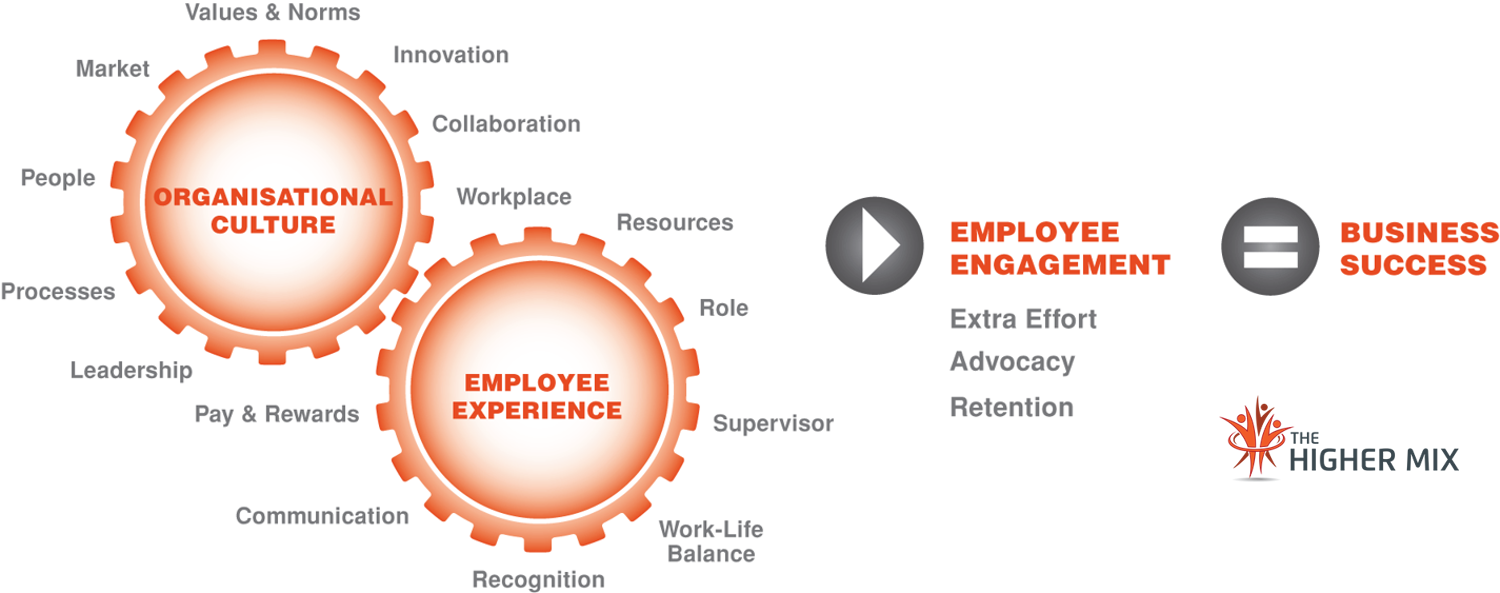
What we’re talking about here, is ready-made potential, for an EVP that is fresh, different and dynamic (…one which consistently evolves to engage.) Yet, still we see continually bland brand execution. 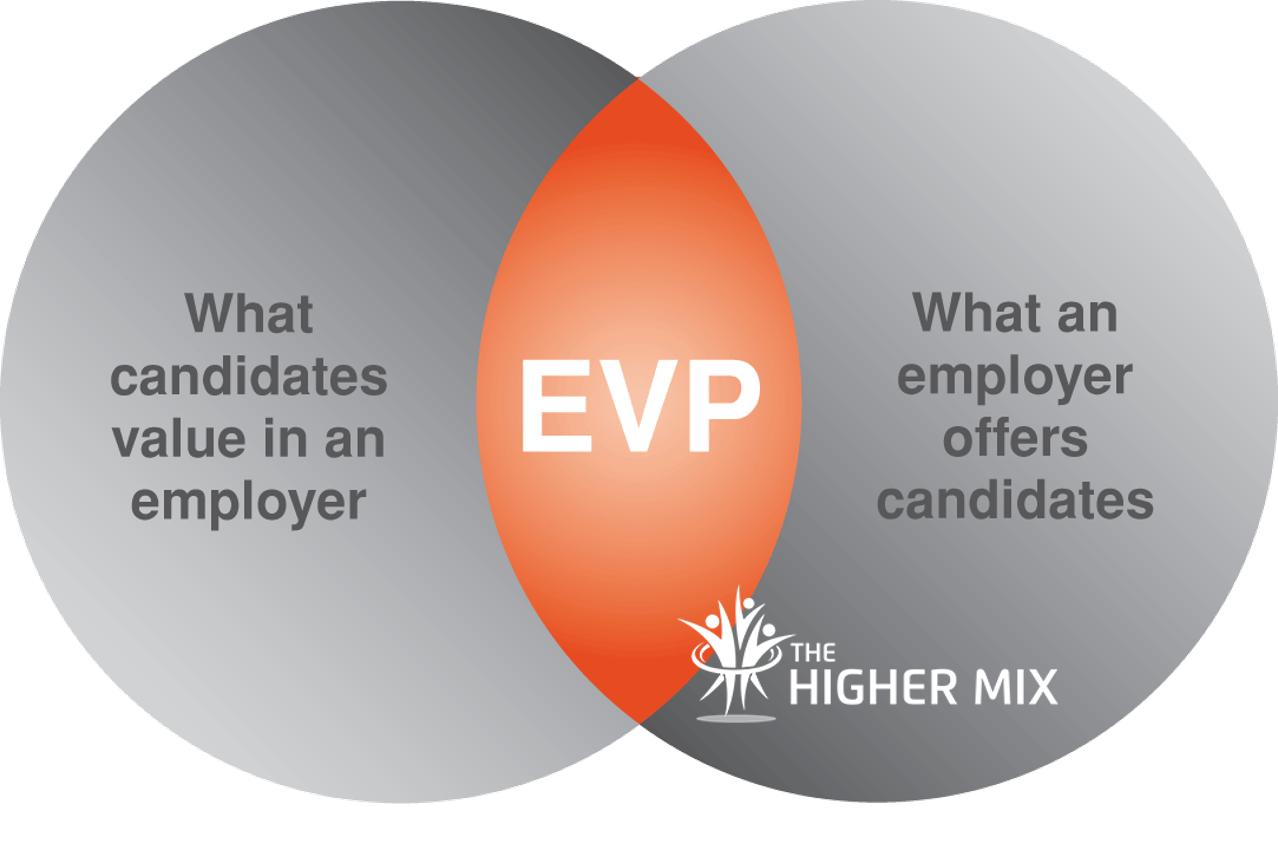
Probably because so many employer brands are built in boardrooms or left up to creative design agencies to interpret (who, for most part, probably weren’t even present during employer brand strategy build) and therefore will not easily grasp the nature, extent or ambitions behind your brand.
Boy, do many fail spectacularly at being able to execute brand vision and compelling, unique EVP for brand owners.
Sure, it’s big job to create any type of brand positioning (esp. for a global employer brand) – we get that – a formidable task – honestly, some of the brands we see around these days…
Modern, Multi-Generational Workforces
Modern workforces are multi-generational, notwithstanding different cultures, languages, attitudes etc.
Employer brand needs to be far more than just “appealing”. Requires real structure built-in – to benefits, remuneration, development, messaging and positioning. With companies responsive and flexible enough to adapt their position and messages to diverse, multi-generational workforces – and while they are at offer up a superb end-to-end candidate and employee experiences too.
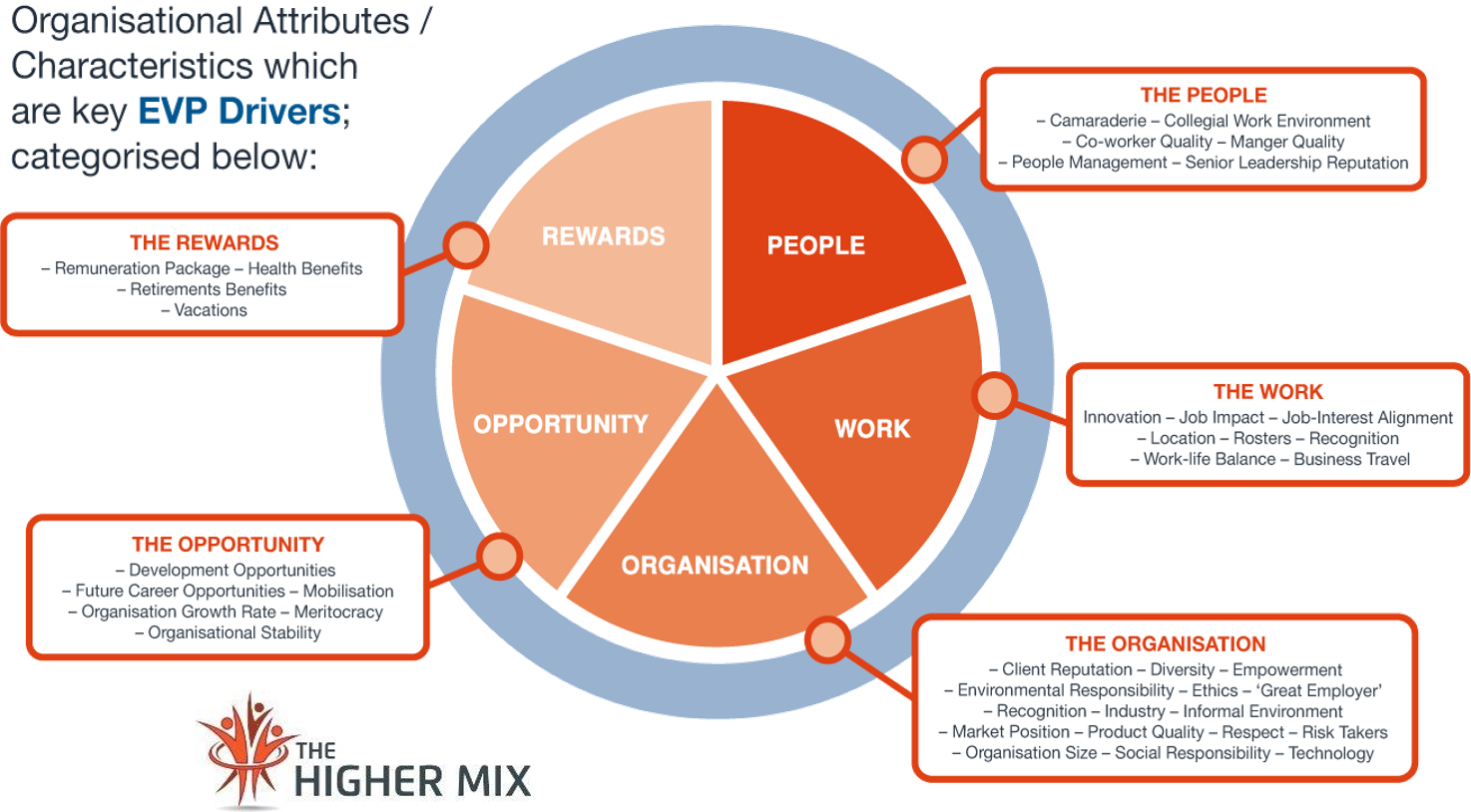
Employer Brand Positioning
To us, as Employer brand experts, pretty obvious where and why many companies don’t manage to differentiate.
Sometimes it’s message confusion, lack of creativity; noisiness without any of the important strategic marketing thinking ingrained in the process, to be able to penetrate markets.
Attracting and targeting talent for specialized roles is so much more over having candidates look into your Ad, at careers site or interacting with social channels.
Employee Experience Mapping – Psychology behind it.
Wanting candidates to feel as though your company really does want him/her, that you understand what motivates them and makes them happy. At same time, company has to send some really powerful messages back. So the candidate essentially feels you’re recruiting for the one special person – them.
So, employer brand processes have to therefore be incredibly individualized. Global brands work locally too – but its a complex talent stage nowadays; how could you be sure you are going to get this right?
And why organisations still think one message can be published nationally/ globally is beyond us.
Employer Brands Must Flex
Injecting flexibility during EVP Strategy build is key. Ability to dial it up or down, in line with company’s culture, position requirements, diversity considerations, areas/ countries and much more.
On attraction piece for a minute; about achieving balance and consistency.
Striking right tone, appropriate language, captivating with beautiful, relevant visuals, truly coherent, authentic messaging which in the long run, does not create disjoint (what’s promised: candidate and internal team expectations, compared to what’s delivered: company culture, reward, development etc )
Employer branding pairs to company values also (and they alone comprise some very intimate characteristics you should use to underpin the EVP.)
Communicating key messages to sets of individuals, across locations in order to persuade them, seize on their mind-share, sway talent to apply and come on-board, all requires a sort of structural independence, and certainly much fuller understanding (to work with) segments from research yet still be aligned to the global message.
Not such an easy ask, hey!?
Tailored employer branding strategy, targeted recruitment engagement and communication/s, wider social listening, and regular engagement of the internal teams – all hallmarks of a great employer brand.
Employer brand 24-7: Always On
Many organisations struggle to differentiate, to promote the brand effectively (be that either employer or company brand). To find short term value and longer term efficiencies.
Like most things in life, worth and presence of any employer brand changes over time.
Companies taste real success earlier if they can manage to capitalise on dynamic, technologically-driven environments and apply a thoughtful, strategic approach and methodology (in a quick, agile way). Mixing EVP concepts with range of tools to shape, build and measure/optimse their employer brands.
Taking Too Long! Agile Turns It Around Faster
Employer branding strategy has gotten all complex, competitive. Dare we say it, more necessary.
Companies spend vast amounts of time trying to build their brands. Evaluating, interviewing, endeavouring to determine an EVP, then to reach internal consensus, before eventually executing (usually then see-sawing begins to agree upon visuals) and by which time; research and thinking is out-dated, so too employee comms and other important materials.
Worth remembering, current thinking on any brand is better than thinking / planning a couple of years out *read: redundant.
Strategic approach meets Agile methods are an employer brand manager’s best way forward.
Trying To Be Everything to Everyone! Zero in
Holy grail for organisations is finding, holding onto the best talent – engaged people who can help to maximize innovation and improve productivity in your business.
Surely as, nobody wants vague, uninspired or non-committal candidates. Makes personalisation throughout life-cycles absolutely vital to modern candidate journey. Equally for tapping into gig economy for access to numbers of temporary, freelance and contract workers as well.
Never try to appeal to everyone. Chances are, only isolates very type of person/people the company does need or want, or you end up with a huge pool of wrong style of candidates for hire.
Akin to talking to everyone, engaging nobody.
Pilot the EVP. Pressure-Testing
Your very own people speak volumes about what is about to be communicated out there. Whether it is valid, real and relevant?
Claims-testing EVP is part of employer brand communications strategy (sound thinking and delivery.) Also a top rate engagement opportunity with your own talent because they get to ensure EVP delivered is actually perceived as credible, well-defined – and just as important, they feel they had a say in helping to build it (buy-in).
Followed up with strategic campaigns; designed and delivered to smaller specific audiences – content that reflects your company values and deeply resonates with target audiences.
Mammoth Job – Not For Just One Person
Teams are led through Employer Brand Development. Teams
Traditional model of employer brand has changed, to a far more collaborative exercise between departments, this involves direct contributions and the collaboration between some of the smartest people in your business – HR, Marketing, OD, Research, Digital, Comms and Executives.
Process involving you managing multiple complexities, constituent inputs and perspectives through the nine build phases.
Companies now employ groups of these smart people to project-manage this widespread convergence (or at least they should be!)
Only sets the business or project up to fail, if the brand’s direction/management nationally or globally is all left to one poor person to try and tackle by themselves.
Too Much Control. Not Enough Faith
Employer brand is about how any company wants to represent itself as a coalition of actual people.
Still, there’s organisations who feel they don’t have any choice but to set rigid rules (” but its easier for us to ‘manage, control, maintain’ what’s published!?”).
Regrettably, only hamstrings sort of creativity needed to showcase what your company is really like…. And creativity shouldn’t die a slow death, in the arms of rigid brand guidelines.
Manage Employer Brand Conversations. Show Hard Evidence
As a vital commercial, strategic imperative for businesses worldwide – thankfully demonstrating business case for employer branding has become far easier these days.
Latest research from LinkedIn correlates with it: strong employer brands see 50% lower cost/hire and with retention nearly at a third higher.
Below is our snapshot of Employer brand benefits from The Higher Mix.
We hope you find this useful for talking through your own business case decision and investment conversation.
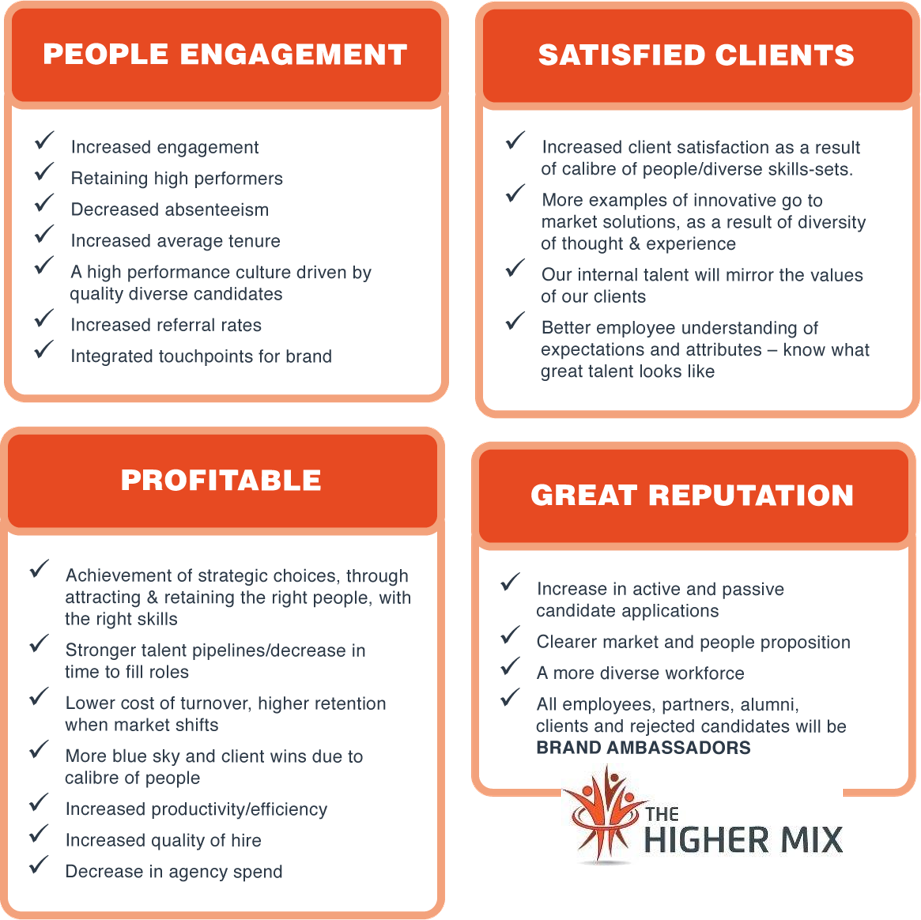
Most talent execs and managers carefully guide conversations with business owners and CEO, showing the hard evidence in existence. Demonstrating the gaps, on flip-side, how degrees of engagement are positively contributing to bottom line through greater performance, lower turnover, increased level of engagement. Helping your snr execs relate to the Brand Health aspects too – the mighty impact widespread from a brand process for better reputation, profile and positioning = more success for your business.
Everyone On The Same Page With Employer Branding
Consensus is often a tough thing to achieve. Esp. if you take into account all different seniority, functions, thoughts, motivations and perceptions of people; which alter and vary immeasurably.
Employer branding is an exercise that requires strong, conceptual abilities across multi-discipline group environment.
Would your steering team have all necessary technical and soft skills to apply raft of ideas, perspectives, knowledge and context of just how the company is actually being viewed as an employer and service provider? And then choose the correct positioning for it? Developing unimpeachable, compelling EVP involves your team’s innate ability to validate, apply certain skills, brand and marketing knowledge to truly comprehend just what & where the real value resides?
Employer Branding ROI
Probably an area most HR and marketers already have a good grasp: evaluating their efforts. But let’s face it – sometimes brand is a business concept difficult to define – much less measure.
Mentor it – Manage it – Measure It
Crucial to measure effectiveness of your company’s employer brand prevalence and practices. But there aren’t that many resources available out there sharing how you should measure financial impact of employer branding activities.
Personally, we like Phil Strazzulla’s Blog. Quick take on ROI, an easy read, and he walks the talk as founder of NextWave Hire.
Click below, email us if you need some free advice/ guidance on how to go about measuring your employer brand:
Time To Rethink / Reposition The Brand?
In closing out, the understanding of employer branding value (and the savings it offers companies) has exponentially increased. To this end, companies are in redirect mode – focused on and investing into EB, as absolute critical branding effort.
Whether you seek to be increasingly competitive in “talent wars” coming, or to ‘stand out’ from competition, and drive great efficiencies in recruitment and acquisition, reduce human capital costs, reap savings as you draw in all kinds of diverse, great candidates. Establishing a consistent, attractive employer brand will achieve these things; most importantly helping you to attract quality talent with unique skills (and awesome personalities!)
Cultural fit for your company.
That said, has to involve entire people-process-practices agenda if you want it squarely aimed at achieving all those far-reaching outcomes.
Employer brand applies to everything a company does, not only to HR.
Start Point On Employer Branding
Straight talkers and best practice approach to cut through the noise is anybody’s best starting point.
Enlist helpful employer branding experts, who can guide you to communicate unique aspects of the brand with confidence. Humanise the company, highlight actual people sharing their valued opinions (on all sorts of aspects of the business: from on-boarding/off-boarding, company values, work success, the culture, leadership and more.
And be sure those employer brand strategists can and will directly address / improve limiting touchpoints which are hindering a more positive candidate / employee experience – otherwise, they aren’t the real deal. 
Good Luck on your Employer Brand journey.
